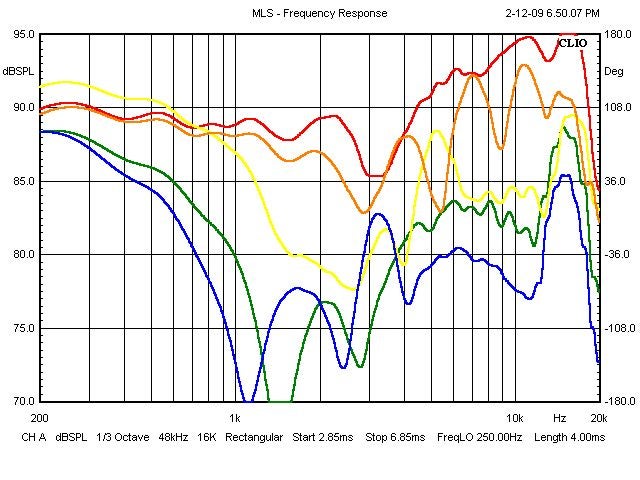On-axis measurements tell you what you'll hear from the speaker. Off-axis measurements tell you what you'll hear from the room. In real life, the two are inseparable (by the time the sound reaches your ear, what you are hearing is a combination of direct sound from the speaker and reflected sound from the room).
Keep in mind that room reflections are typically reflecting the off-axis sound of a speaker (if you stand where the side wall reflections are, you'll be looking at the side of your speakers) If the off-axis measurement looks nothing like the on-axis sound, then the reflections will change the tone of your speakers when they combine with the direct sound on the way to your ear.
Speaker designers under the Harman umbrella (JBL, Infinity, Revel) go through great pains to make sure their speakers have consistent off-axis response, so that reflections don't alter the tonal characteristics of the speaker. Same with Kef.



